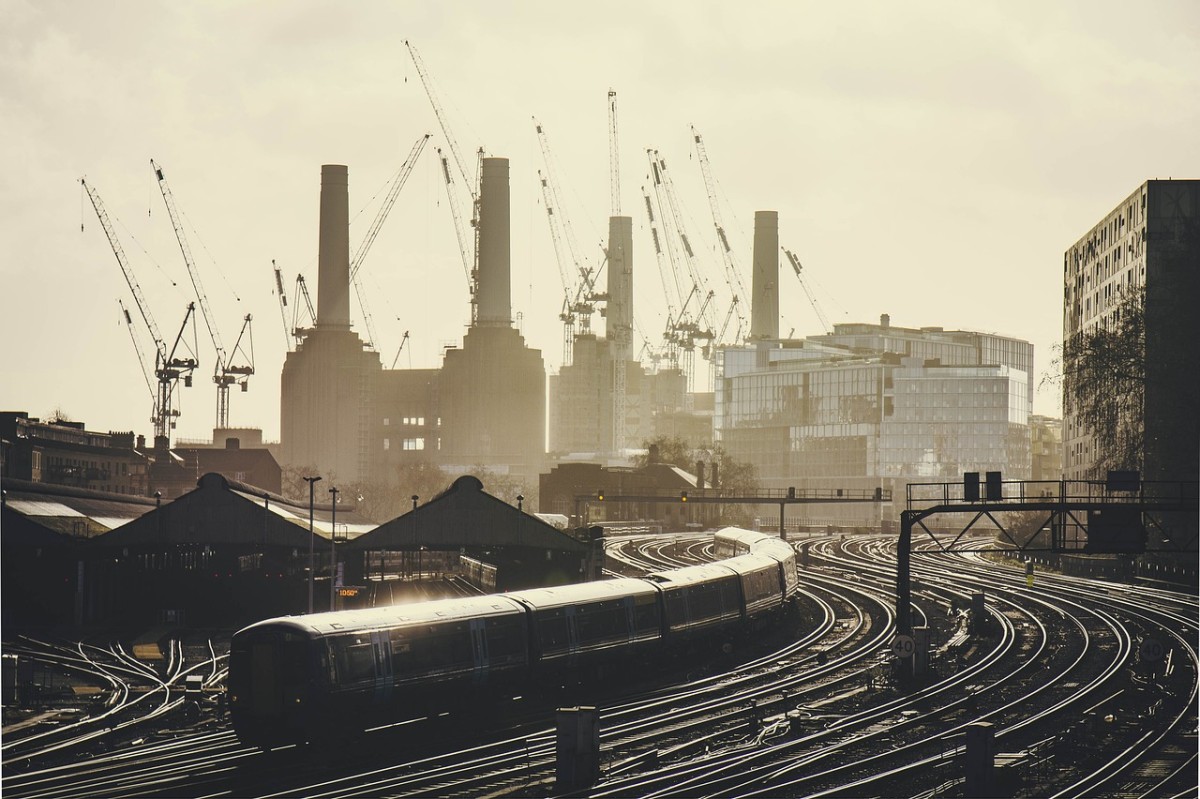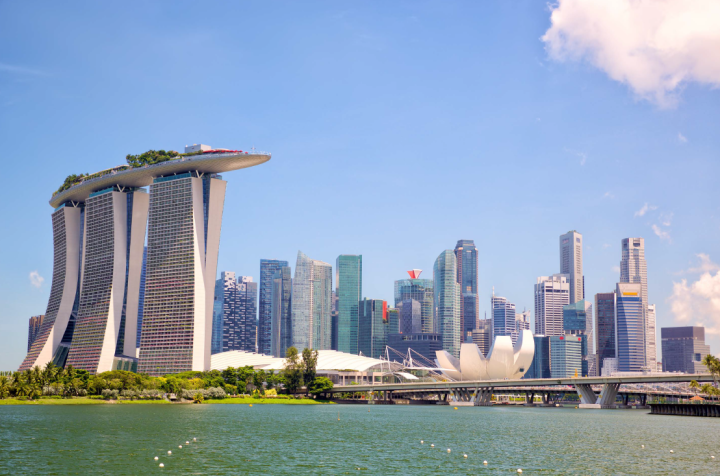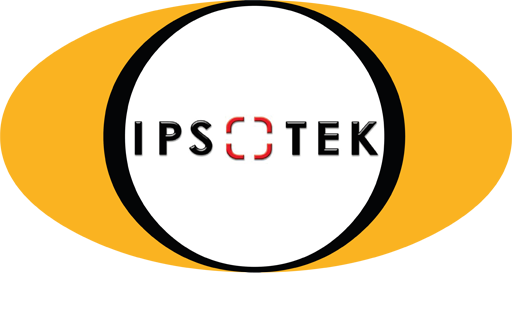The UK has 13 Critical National Infrastructure (CNI) sectors, ranging from energy and healthcare to transport and defence.
The security of these systems, networks, and assets is of critical importance to the country. Governments worldwide are dramatically increasing their security-related budgets, with the US alone increasing its spending on protecting critical infrastructure by 11% to $15.6bn in 2023.
While there are proven methods for reducing the impact of cybersecurity-focused threats – such as the protection of networks, assessing technical infrastructure and levels of access, and deploying timely incident response procedures and protocols – providing robust, innovative solutions for protecting physical locations and facilities is just as important.
That being said, large and remote locations can make securing critical infrastructure facilities difficult. While a facility might have numerous cameras watching every corner and capturing thousands of gigabytes of data, sifting through all the information and analysing specific security patterns becomes a next-to-impossible task for control room staff. Deploying Artificial Intelligence (AI) solutions based on Computer Vision technology as part of the primary security solution can be instrumental in being able to protect different areas within a facility’s perimeter or dispersed sites across the country.
Computer Vision platforms automatically raise alerts from existing CCTV cameras and/or Video Management Systems (VMS) and convert video data into real-time, providing actionable intelligence to optimise safety and security. It also enables operators to manage automatically generated alarms in real-time. This capability can be rolled out across multiple geographically distributed sites to give operators a holistic view of the status at all locations.
So, let’s look closer at how AI Computer Vision applications may be deployed at critical infrastructure sites.
Utilities
The first thing that comes to mind when talking about critical national infrastructure is power stations, utility distribution networks, and even freshwater reservoirs. Physical barriers like razor wire fences are traditionally deployed as part of the perimeter protection strategy, with sterile zones between outer and inner sections. However, this type of physical barrier will not stop determined individuals committed to gaining unauthorised access. While the deployment of fixed and PTZ CCTV cameras is common practice with appropriate lighting, when you have a large number of cameras covering multiple sites, it is entirely reliant on the central control room staff to observe anomalies which can present many challenges, especially during night shifts or when there is an actual incident at a particular site that is being actively managed.
Deploying Computing Vision-based solutions benefits organisations as they can leverage their existing CCTV infrastructure to add intelligence to their CCTV camera feeds. Using different types of IP cameras, such as Thermal, IR, Tri-mode and colour, provides organisations with 24×7 coverage. Utilising the combination of SBRE and AI video analytics to detect anomalies during both day and night shifts, enables organisations to protect assets without having someone physically present on site. For example, it can spot someone standing up or crawling along the floor.
Transport
Solutions for crowd counting, generating heat maps, queue measurements and abandoned object detection are essential at transport hubs such as airports and train stations. Not only to improve journey times and the passenger experience but also to ensure the safety of staff members.
High false alarm rates can lead to alerts being ignored by staff with potentially detrimental consequences. Using an AI based Computer Vision solution with accurate, pre-trained models can alert security teams to a wide range of behavioural patterns such as traffic congestion at vehicle drop-off locations, antisocial behaviour throughout the transport hub , and tailgating staff members accessing restricted areas with minimal false alarms. All of which can lead to improved operational resilience and a safer more secure environment.
Healthcare systems
Hospitals have multiple areas throughout their facilities that must be monitored and protected at all times. For example, if access points for ambulances are blocked by people or cars, smart traffic solutions can detect such an ‘anomaly’ and raise an alert. Another critical area is staff entrances, where it’s very easy for an intruder to tailgate someone and pose as a member of staff. However, utilising Computer Vision technology, a security system can compare ID badges to the ones stored in the HR database and immediately alert security to an unauthorised individual.
The systems can also be used to monitor other critical areas within hospital buildings, such as on-site pharmacies. By using two-factor authentication, anti-tailgating, intrusion detection capabilities, and heat maps, hospital IT and security teams can ensure facilities remain safe and secure.
Adopting this proven technology to protect critical national infrastructure has clear operational benefits, from leveraging existing ICT infrastructure – CCTV and VMS, through to protecting perimeters and pipelines, defending valuable assets in remote unmanned locations, maintaining health and safety in hazardous environments, and minimising downtimes caused by attacks and safety violations.
A security breach of critical national infrastructure could cost at least $1m more than any other data breach, and the effects can also have huge economic, safety and social impacts on society as a whole. Organisations responsible for the safety and security of these environments should therefore consider the adoption of Computer Vision based AI solutions to maintain their ongoing operational resilience and security.
About the Author
Stephen Papaloizou – Account Manager UK & Europe, at Ipsotek, an Eviden Business at Atos Group. Ipsotek is a pioneer in the field of artificial intelligence powered video analytics solutions for mission critical applications. Its highly scalable VISuite AI platform enables users to efficiently manage automatically generated alerts in real-time for deployments across a range of use cases including crowd management, face recognition, intrusion detection, perimeter protection, number plate recognition and traffic management.
Originally published on 04/08/2023 via Tech Native



